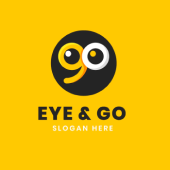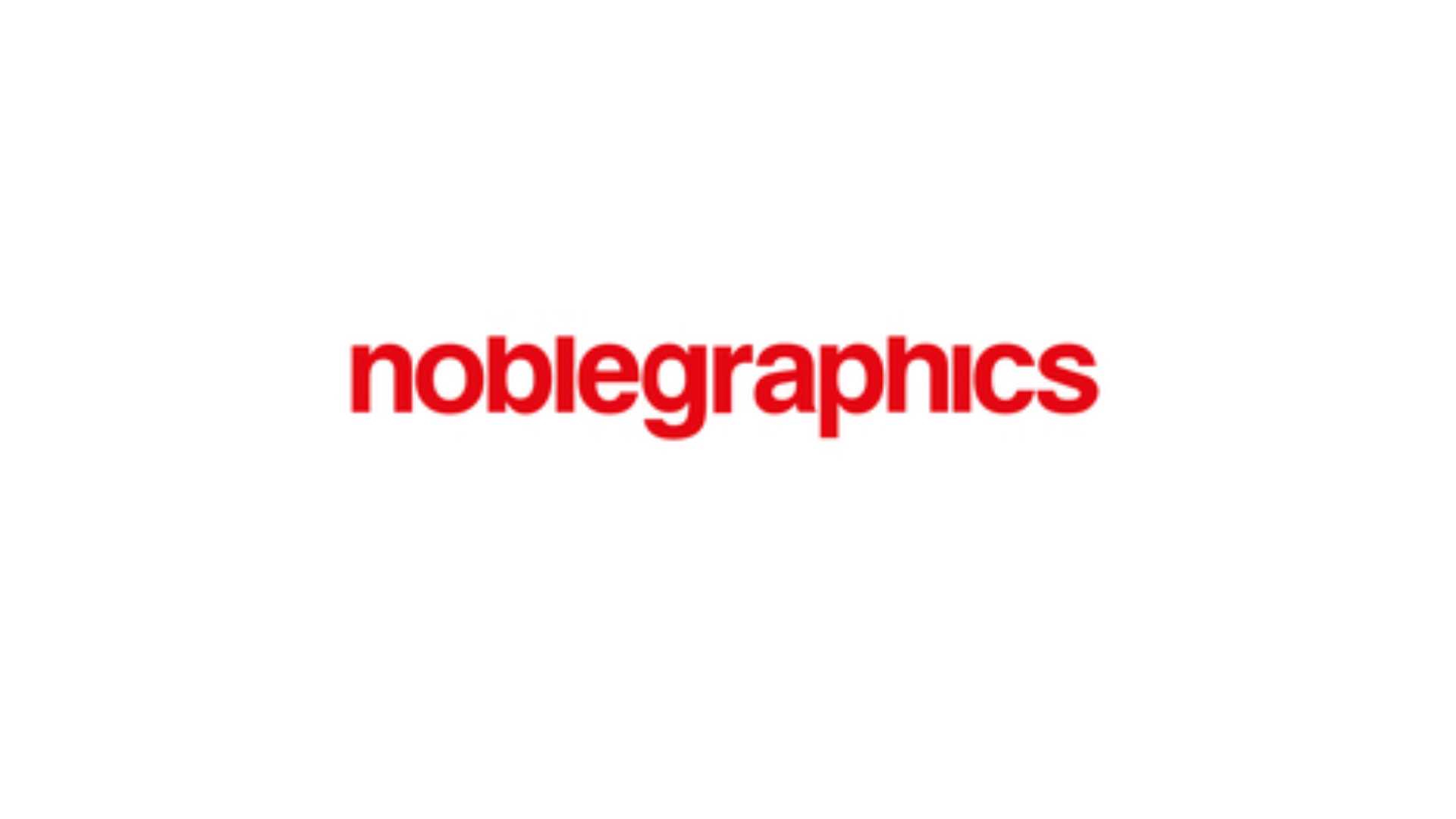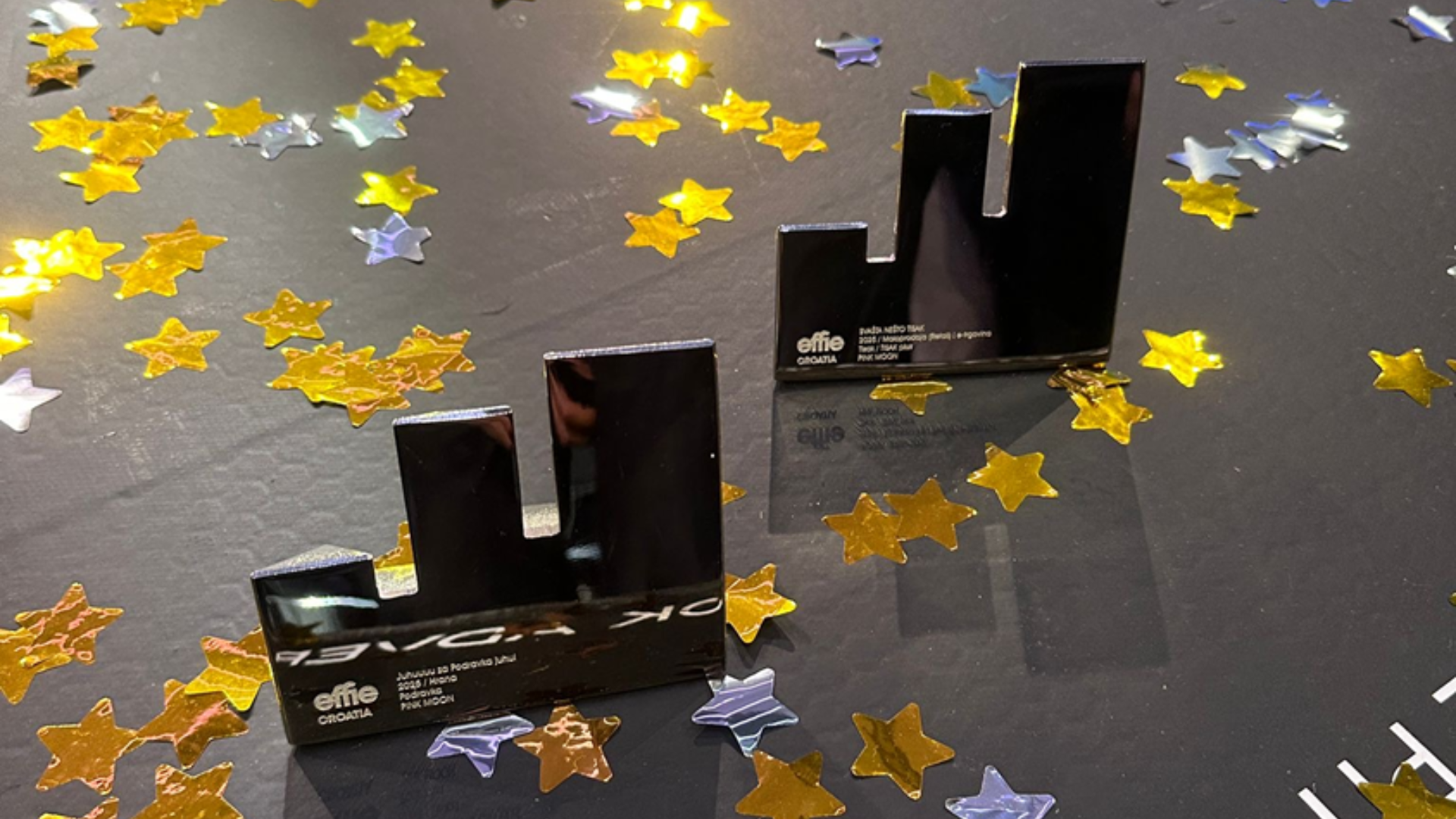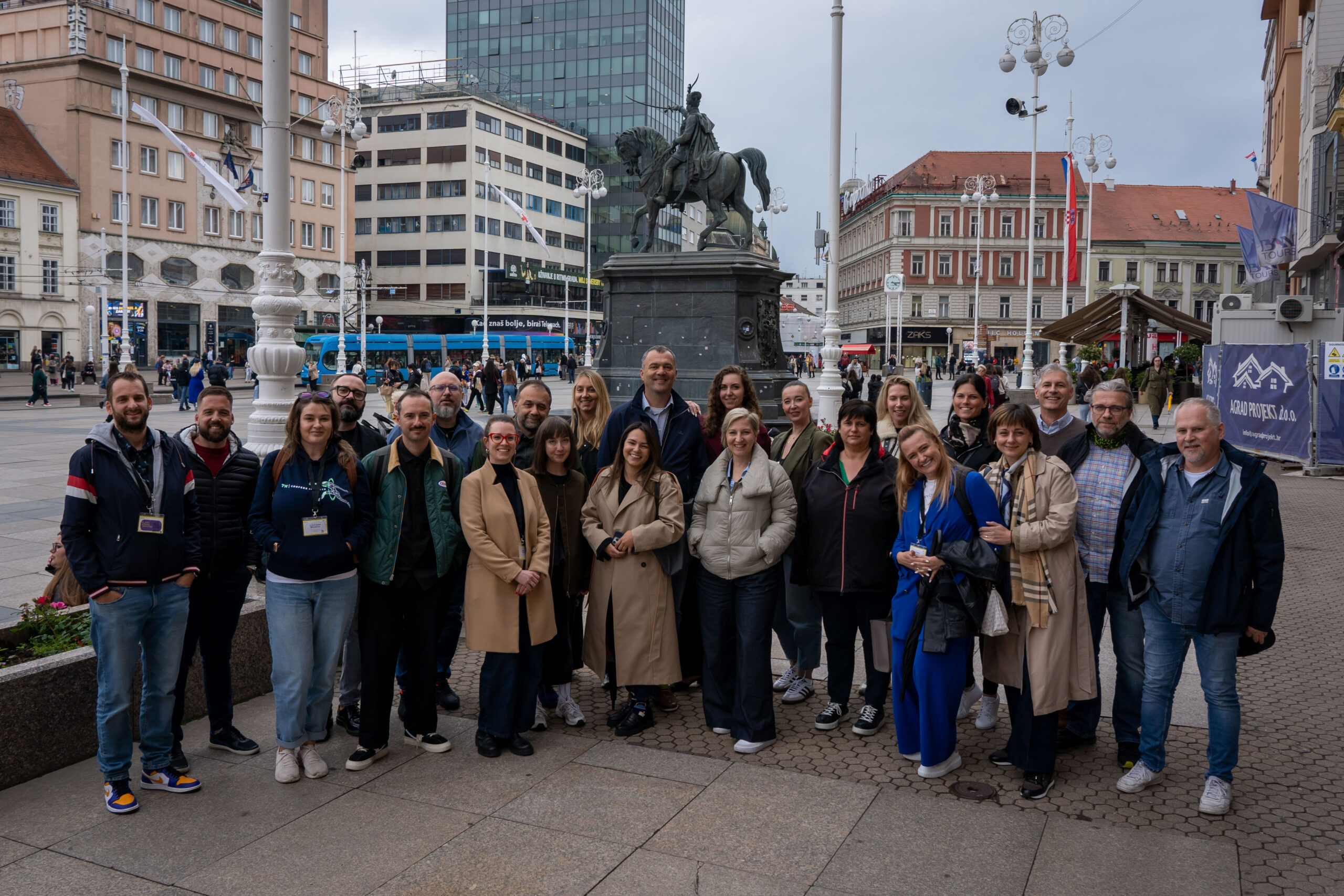Various groups, including artists, activists, and content creators who make a living out of different types or degrees of sexual content are outraged – sometimes even influenced in their work by the enforcement of Instagram’s nudity policies.
The emphasis is on enforcement, as Instagram (part of Meta) has clear principles on the appearance of nudity on their site. Meta’s adult nudity and sexual activity policy prohibits the following (non-exhaustively):
- images of real nude adults, for example genitalia (except birth giving or health context), or female nipples (except during breastfeeding or for example, post-mastectomy, breast cancer awareness or gender confirmation surgery or an act of protest, or photographs of paintings, sculptures and other art that depicts nude figures);
- images of sexual activity;
- extended audio of sex.












